Knife skills are a fundamental aspect of cooking that often gets overshadowed by the excitement of trying out new recipes and techniques. However, developing proper knife techniques is essential for any cook aiming to elevate their culinary game. Whether you're a seasoned chef or a passionate home cook, mastering the art of cutting can not only enhance your efficiency in the kitchen but also make food preparation safer and more enjoyable. In this guide, we’ll explore essential knife skills that will serve you well in mastering the culinary arts.
The Importance of Knife Skills
Having deft knife skills enhances a cook’s abilities in several ways:
- Precision: Knowing how to handle a knife properly allows for consistent cuts, leading to uniform cooking times.
- Safety: Good knife techniques help reduce the risk of accidents, ensuring a safer cooking environment.
- Efficiency: Speeding up your prep work means you can complete meal preparations quicker, allowing for more time enjoying your culinary creations.
- Presentation: Well-cut ingredients not only taste better but also look more appealing on the plate, enhancing the overall dining experience.
Essential Knife Types for Every Cook
Before diving into specific techniques, it’s vital to understand the types of knives that can play a role in your kitchen. Here are some essential categories:
Chef Knives & Sets
The all-purpose chef’s knife is a must-have in any kitchen. Typically ranging from 8 to 10 inches long, it handles tasks from chopping vegetables to slicing meat. Investing in high-quality chef knives and sets can lay a solid foundation for your culinary adventures.
Hunting Knives
While primarily associated with outdoor tasks, hunting knives can also serve specific culinary needs, particularly for butchering and trimming large cuts of meat. Their sharpness and design can facilitate clean cuts, making them invaluable in certain kitchen scenarios.
Folding Knives and Pocket Knives
Although less common in kitchen settings, folding knives and pocket knives can be useful for small, precise cuts when you’re on the go or for picnics. Having a sharp, reliable tool is essential for any cooking adventure.
Proper Knife Grip Techniques
Understanding how to hold a knife properly is one of the fundamental steps in developing your knife skills. Here are a few essential grips:
The Pinch Grip
This grip allows for maximum control and precision. Here’s how to do it:
- Pinch the blade of the knife with your thumb and the side of your index finger, just above the handle.
- Wrap the remaining three fingers around the handle for support.
The Handle Grip
This grip is straightforward and common among beginner cooks. Simply grip the handle firmly with all fingers while keeping your thumb on the opposite side for balance.
Basic Knife Cuts Every Cook Should Know
Next, let’s dive into some crucial cutting techniques that will significantly broaden your knife skills:
Chopping
This is the most basic and commonly used cutting technique. Here’s how to chop effectively:
- Ensure that your knife is sharp and that you’re using a stable cutting board.
- Using the chef knife, hold the knife firmly and bring the blade down swiftly through the ingredients.
- Rotate your ingredients as needed to create consistent pieces.
Julienne
Julienne cuts are thin matchsticks that are excellent for garnishes or stir-fries. Follow these steps:
- Begin by cutting your food item into even slices.
- Stack the slices and cut them into thin strips.
- Keep the size uniform for even cooking.
Dice
Dicing is similar to chopping but involves cutting food into small, uniform cubes. Here’s how to do it:
- Start with your ingredient and slice it into strips (like the julienne technique).
- Rotate the strips and cut them across to create cubes.
Maintaining and Caring for Your Knives
Proper maintenance extends the life of your knives, keeping them sharp and functional. Here’s a guide on how to care for your knife collection:
Regular Sharpening
A dull knife is not only ineffective but also dangerous. Regularly sharpening your chef knives and sets ensures better performance and safety. Using a whetstone or honing rod can restore the knife's edge effectively.
Cleaning and Storage
Always clean your knives by hand with soap and water. Avoid putting them in the dishwasher as this can dull the blades. Store your knives in a drawer with separators or on a magnetic strip to ensure they remain sharp and safe.
Cutting Techniques for Different Ingredients
Vegetables
Vegetable prep requires different techniques based on the type:
- Leafy Greens: Use a rolling or chiffonade technique for finely slicing.
- Root Vegetables: Start by peeling and then move to dicing or julienne cuts.
Proteins
Prepared proteins, like meats and fish, require extra care:
- Steak: Cut against the grain to ensure tenderness.
- Fish: Use a filleting knife to get precise cuts for sashimi and sushi.
Enhancing Your Knife Skills with Practice
Like any skill, improving your knife techniques requires practice. Here are some tips to get started:
- Use Your Non-Dominant Hand: Try to chop with your non-dominant hand at times to develop ambidextrous skills.
- Set a Timer: Challenge yourself to complete your prep work within a certain timeframe.
- Don’t Rush: Focus on accuracy over speed, allowing your muscle memory to develop.
Great Gifts for Cooking Enthusiasts
Looking for someone passionate about cooking? Consider personalizing a knife set for a special touch. Personalized gifts, such as engraved chef knives or pocket knives, make for thoughtful additions to any kitchen.
Community and Resources for Aspiring Cooks
Joining cooking classes or engaging with cooking communities can greatly enhance your learning experience. Look for local workshops, online courses, or culinary schools that focus on hands-on knife skills. No matter your level, there’s always something new to learn, and sharing experiences with fellow cooking enthusiasts can prove invaluable.
Elevate Your Culinary Game
With the techniques outlined above, you're now well on your way to developing exceptional knife skills that will transform your cooking experience. Remember, practice makes perfect, and as you embrace these skills, you’ll find not just improved efficiency in the kitchen, but also increased confidence in your culinary creations. So get chopping, dicing, and julienning—and enjoy the delicious rewards that come from mastering this crucial art!









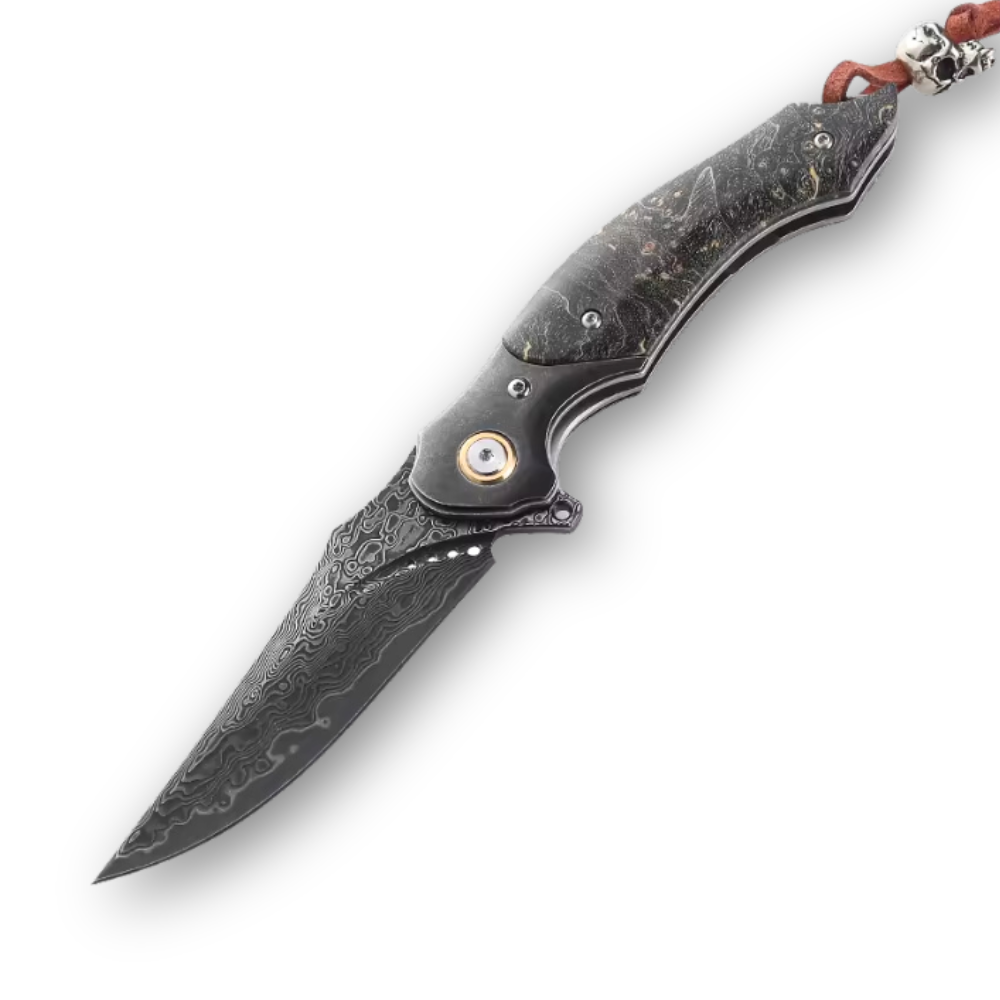
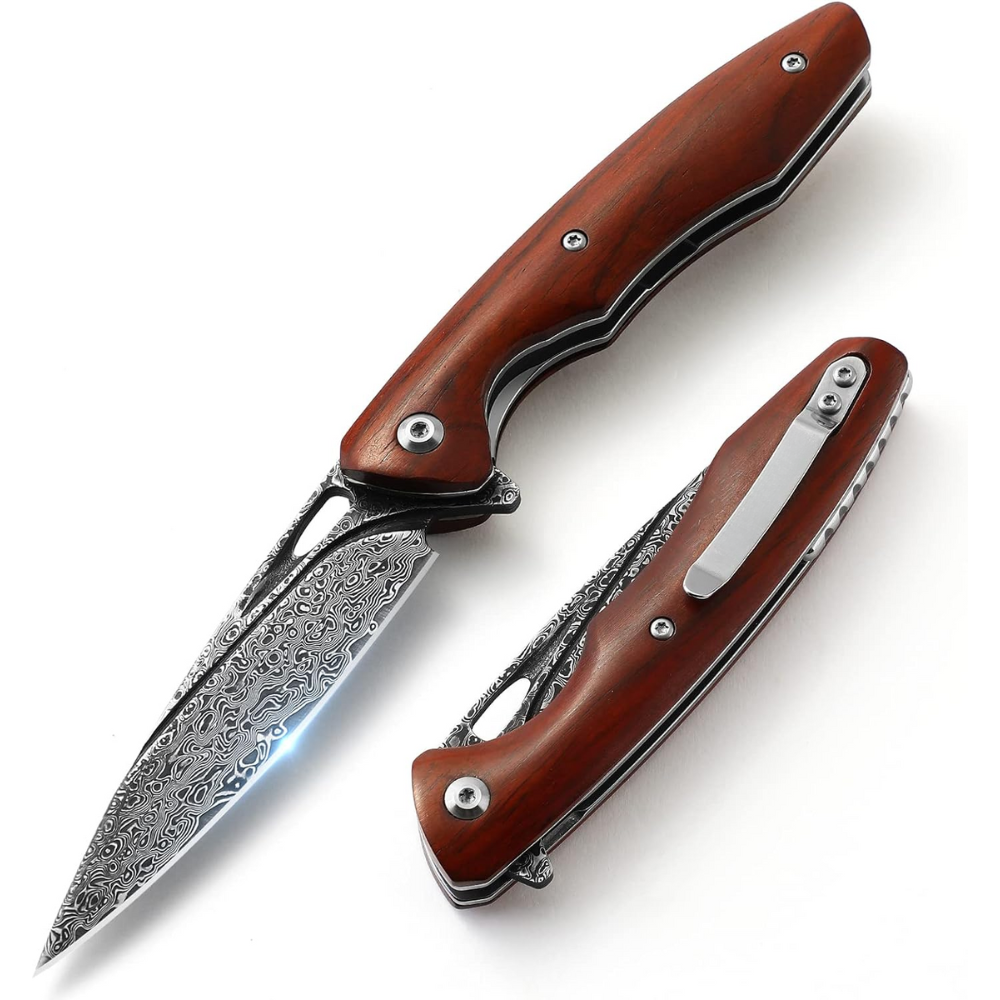
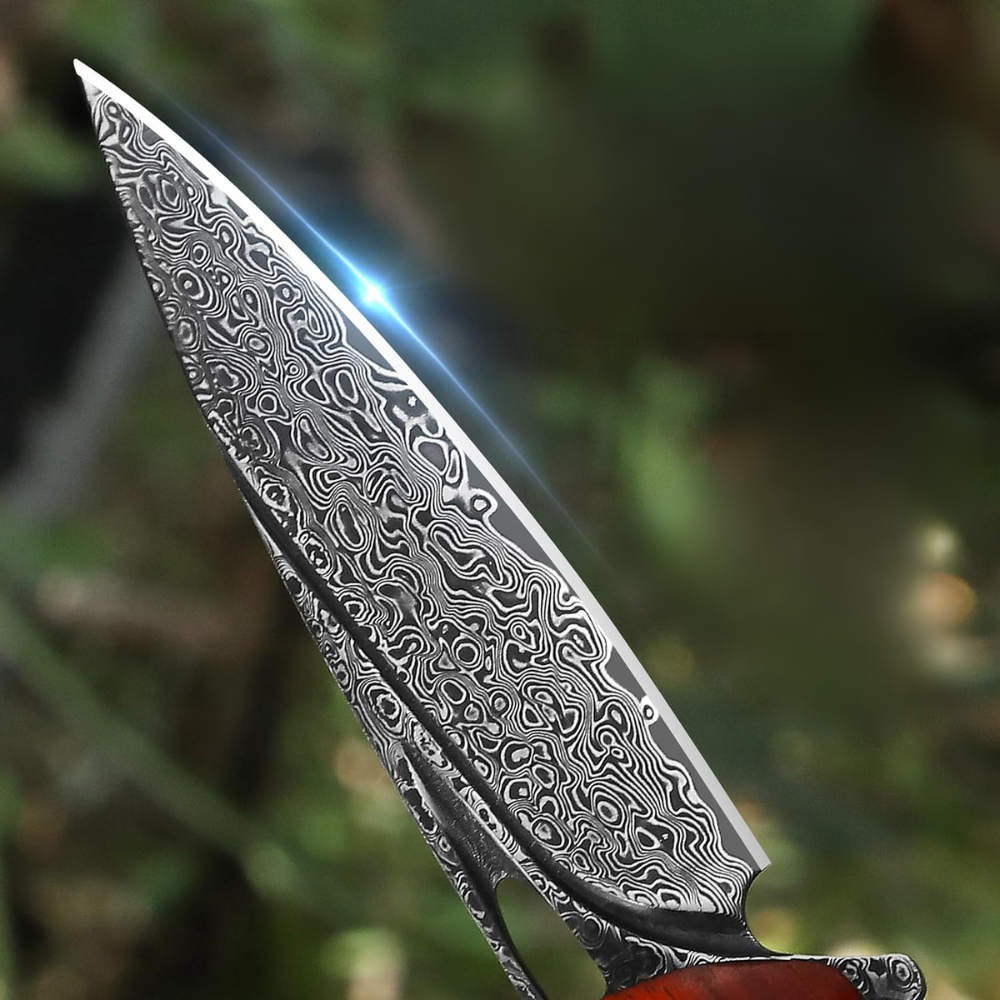








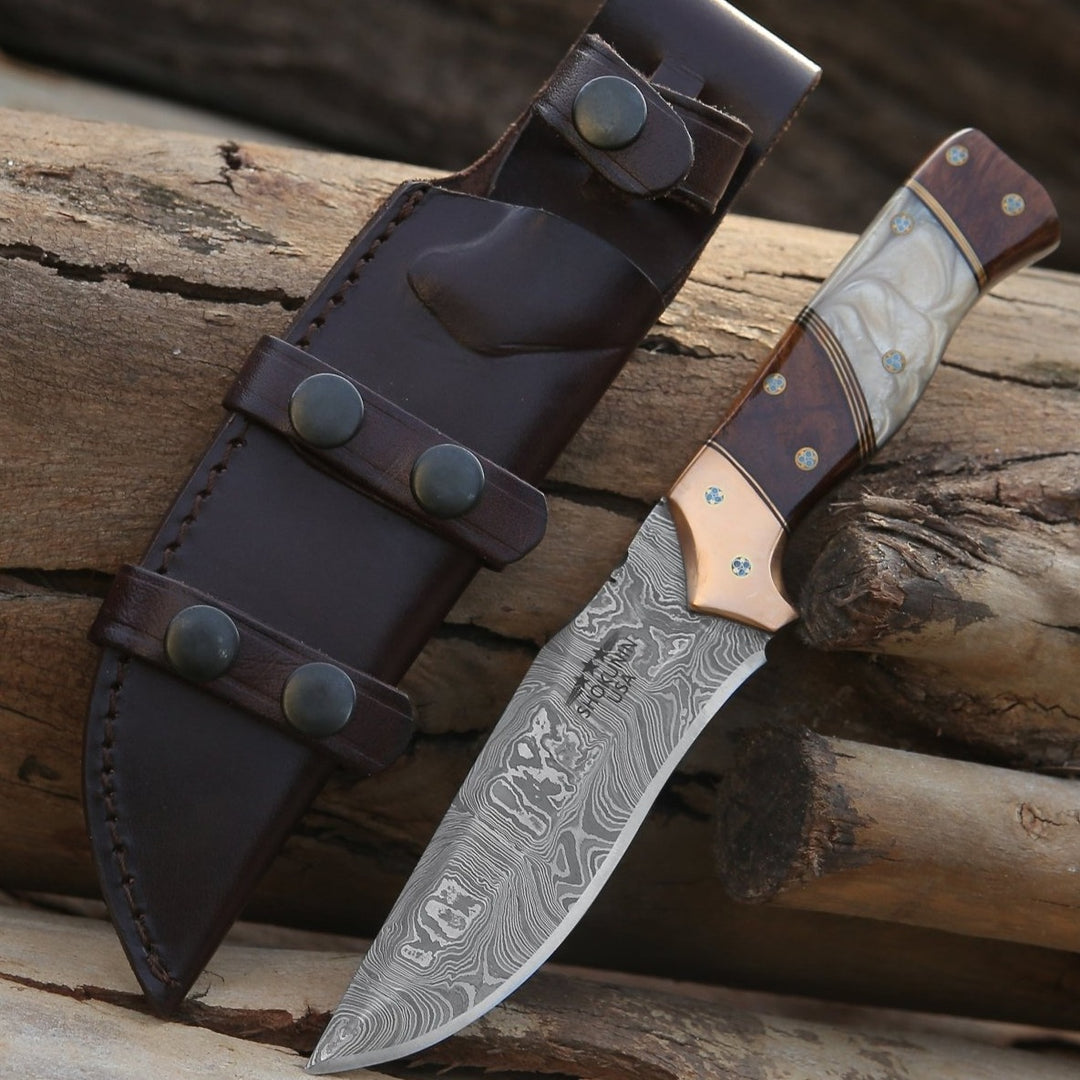
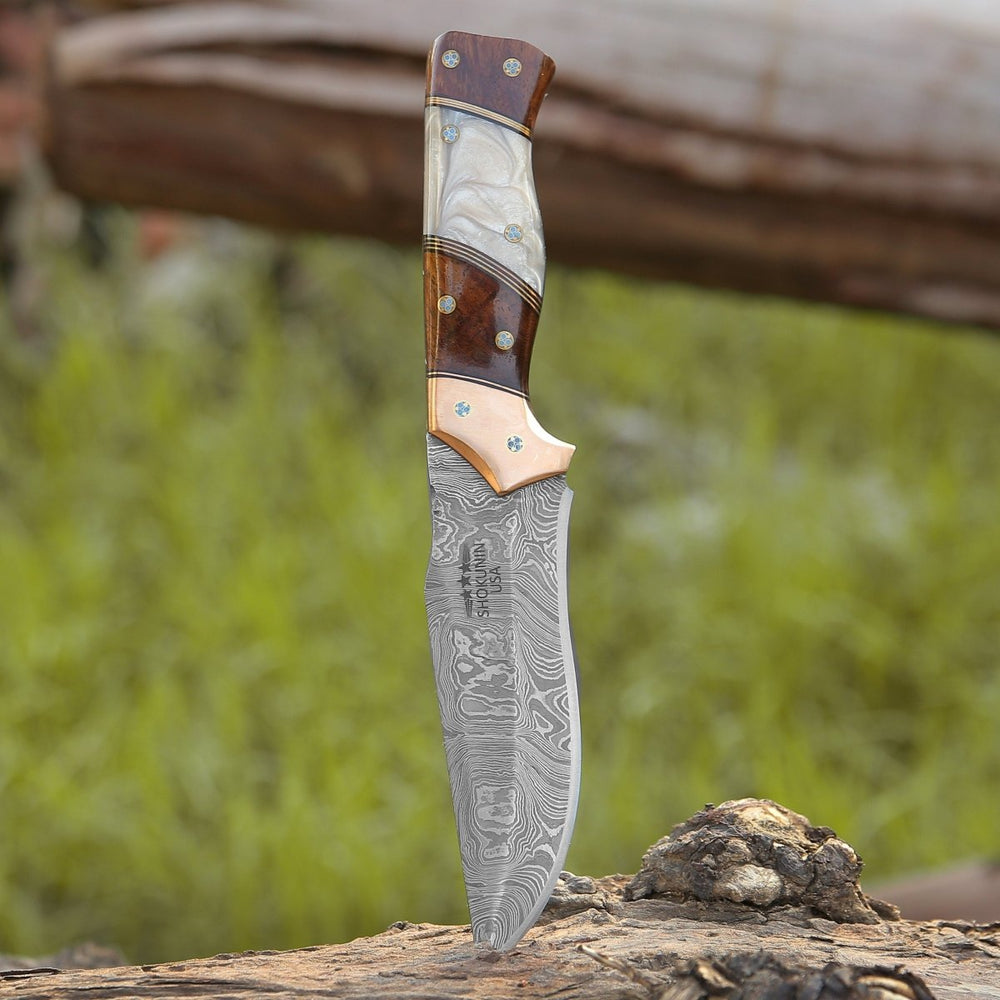


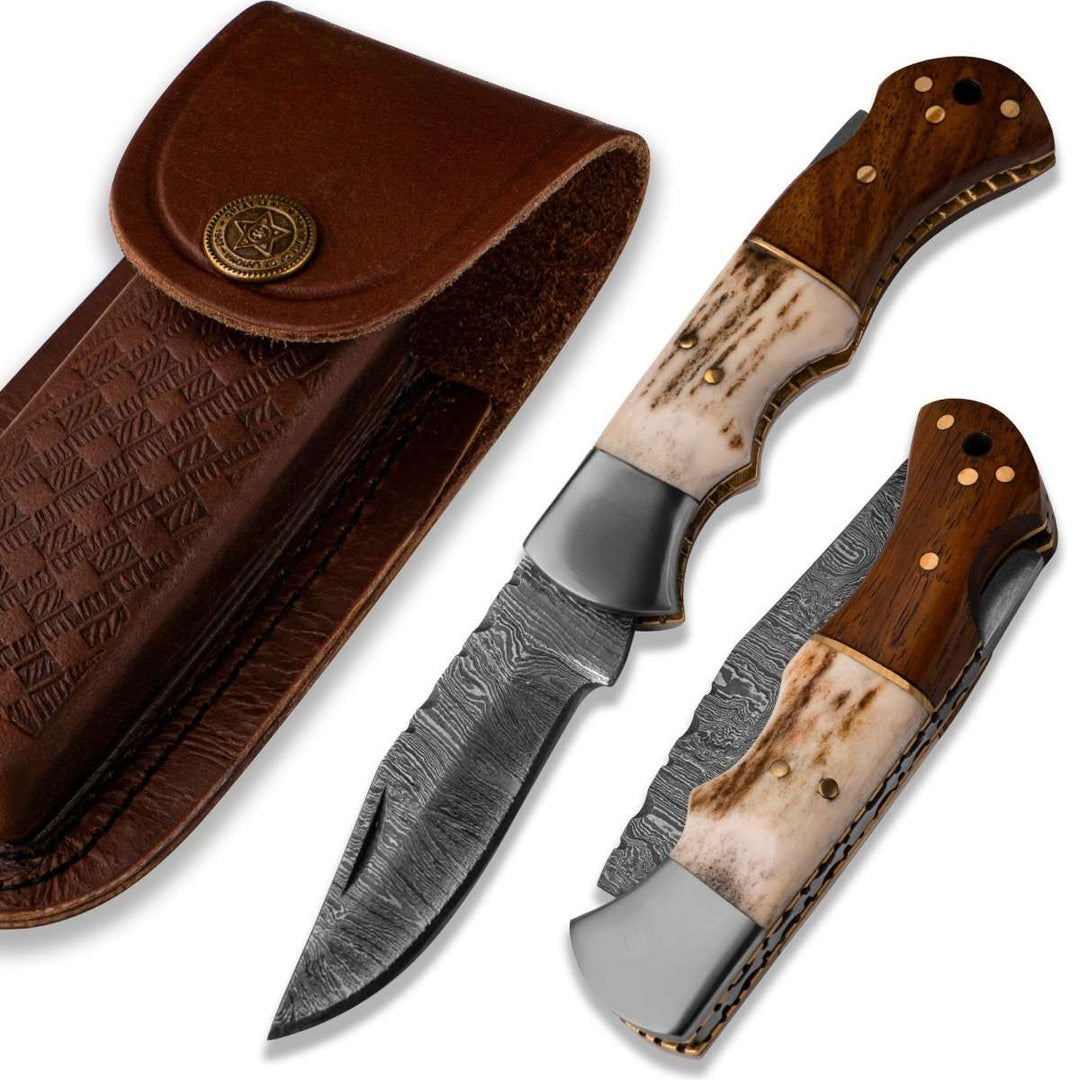
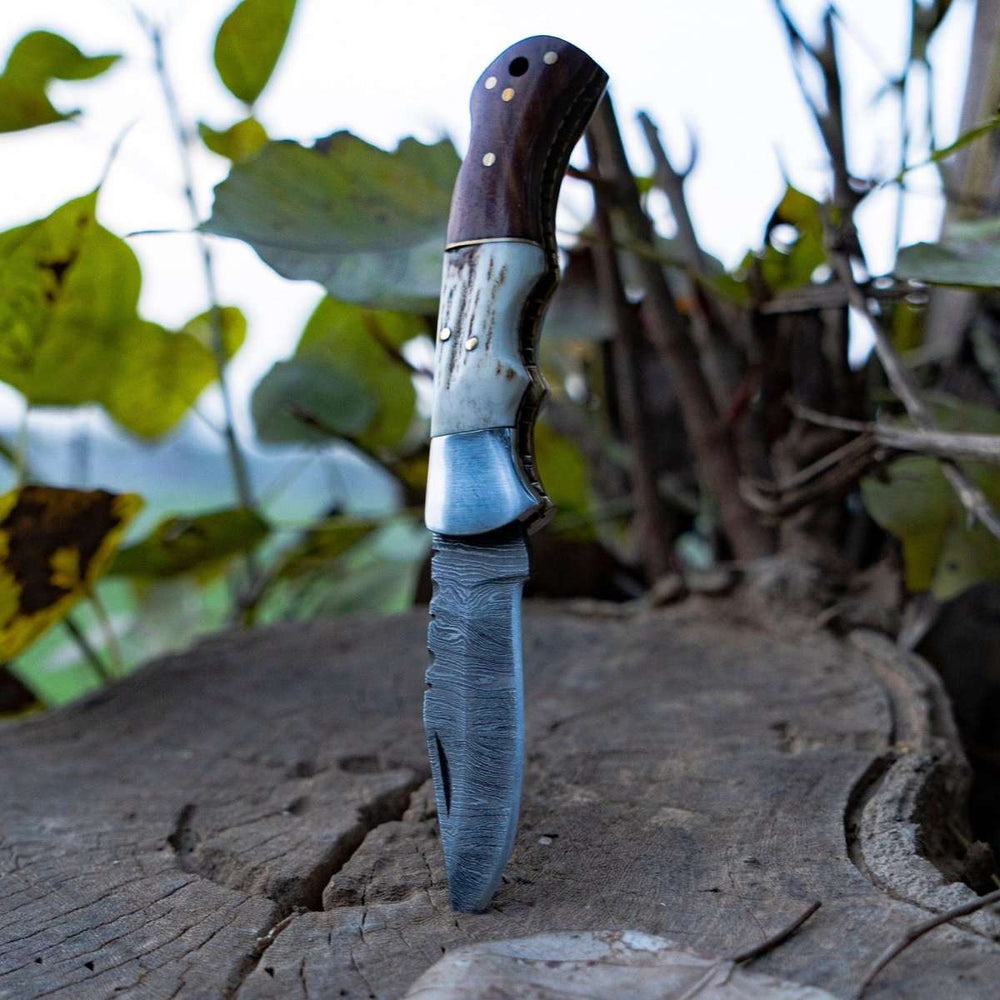




Leave a comment